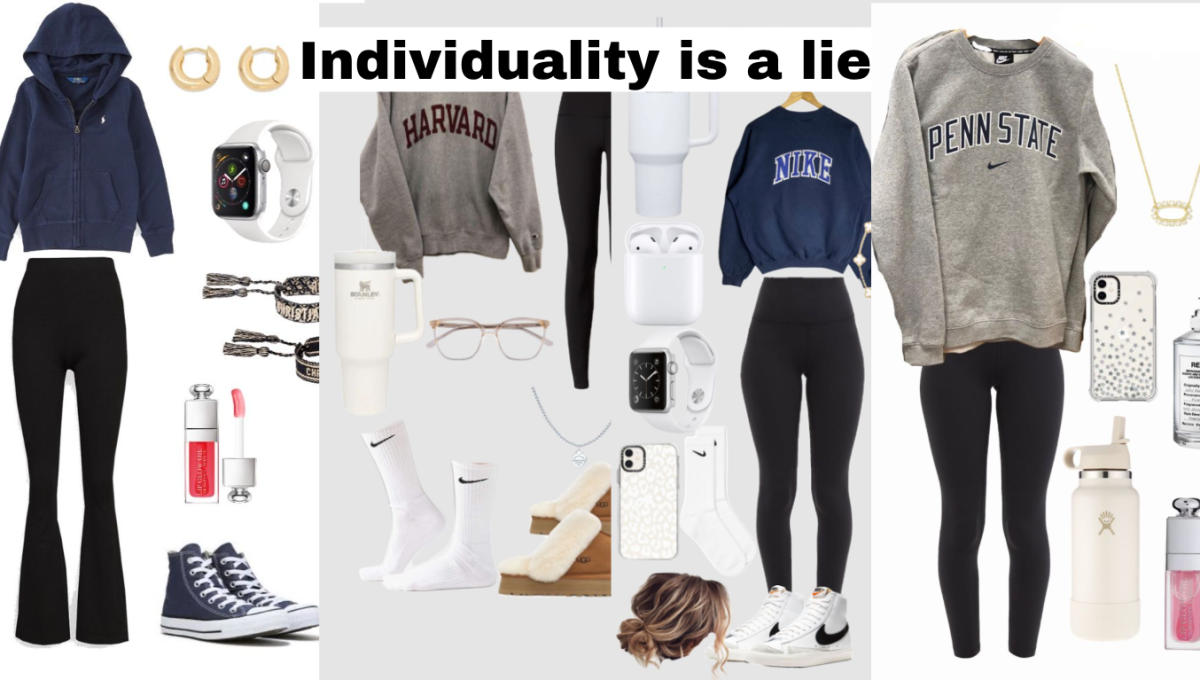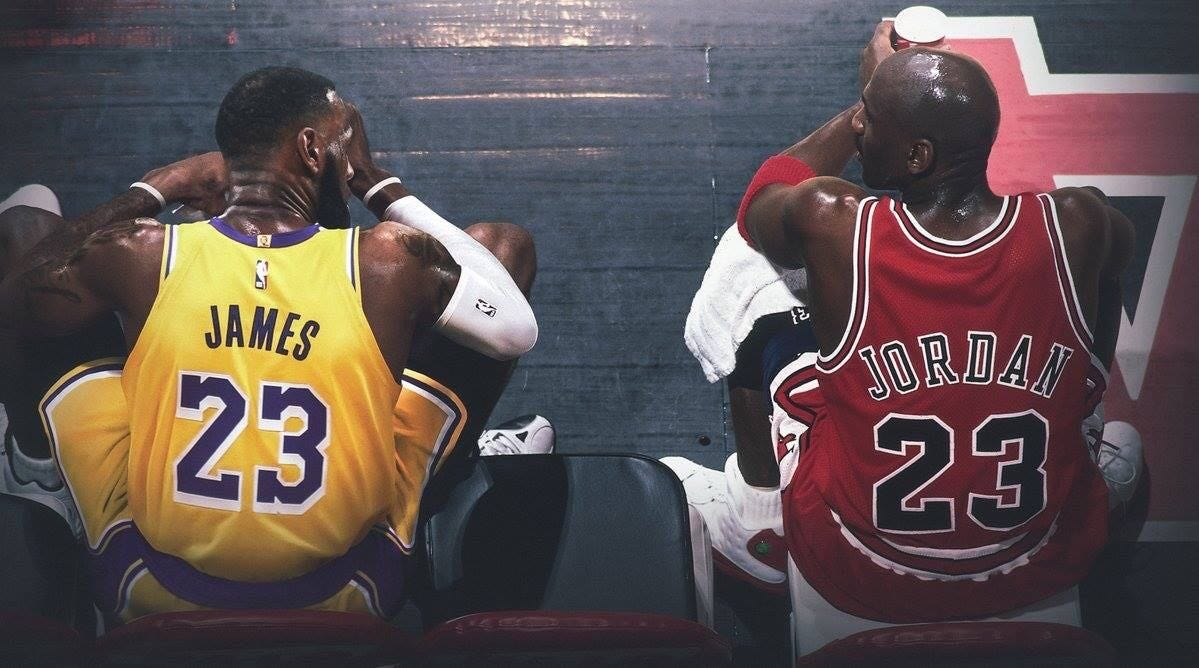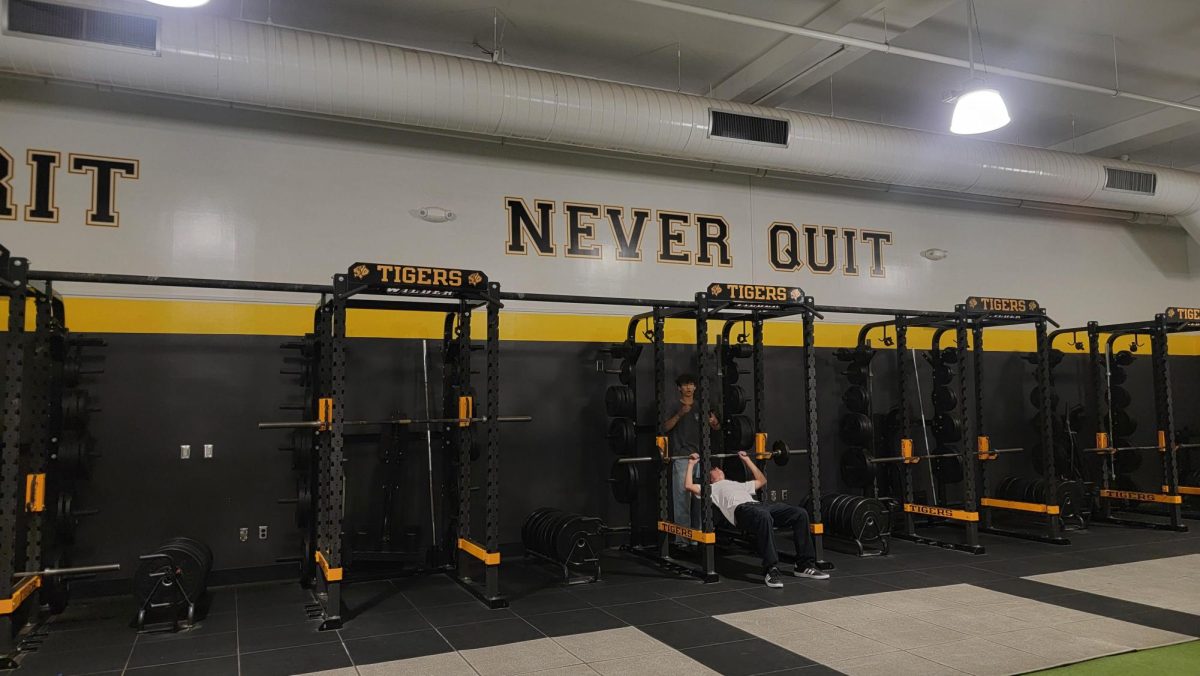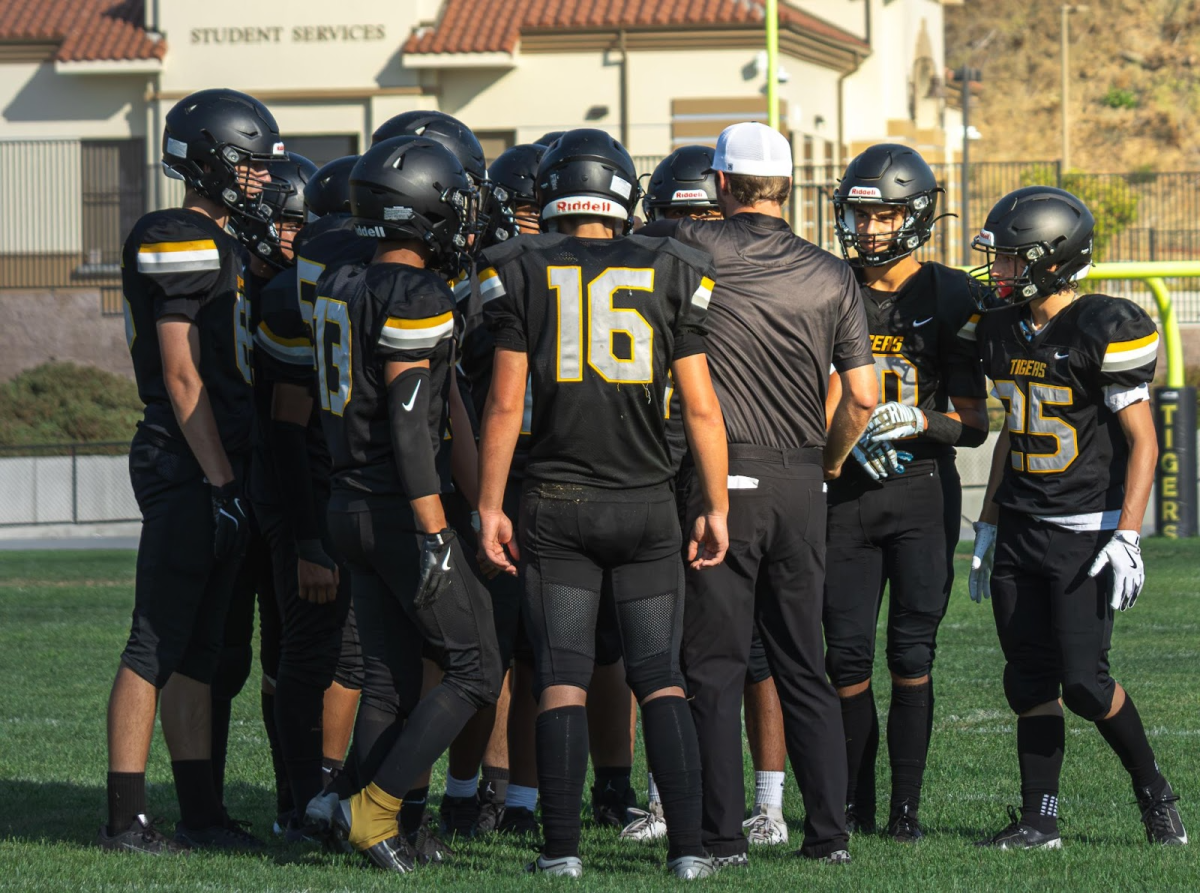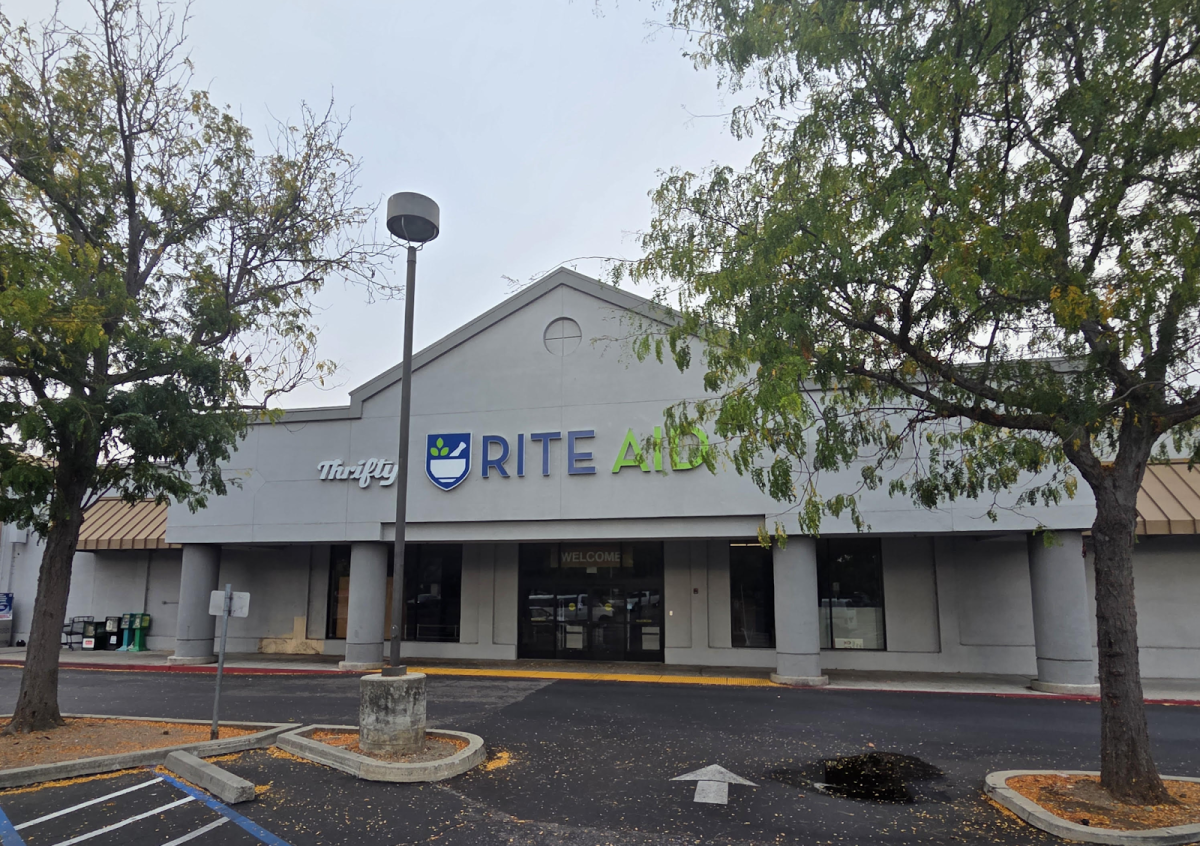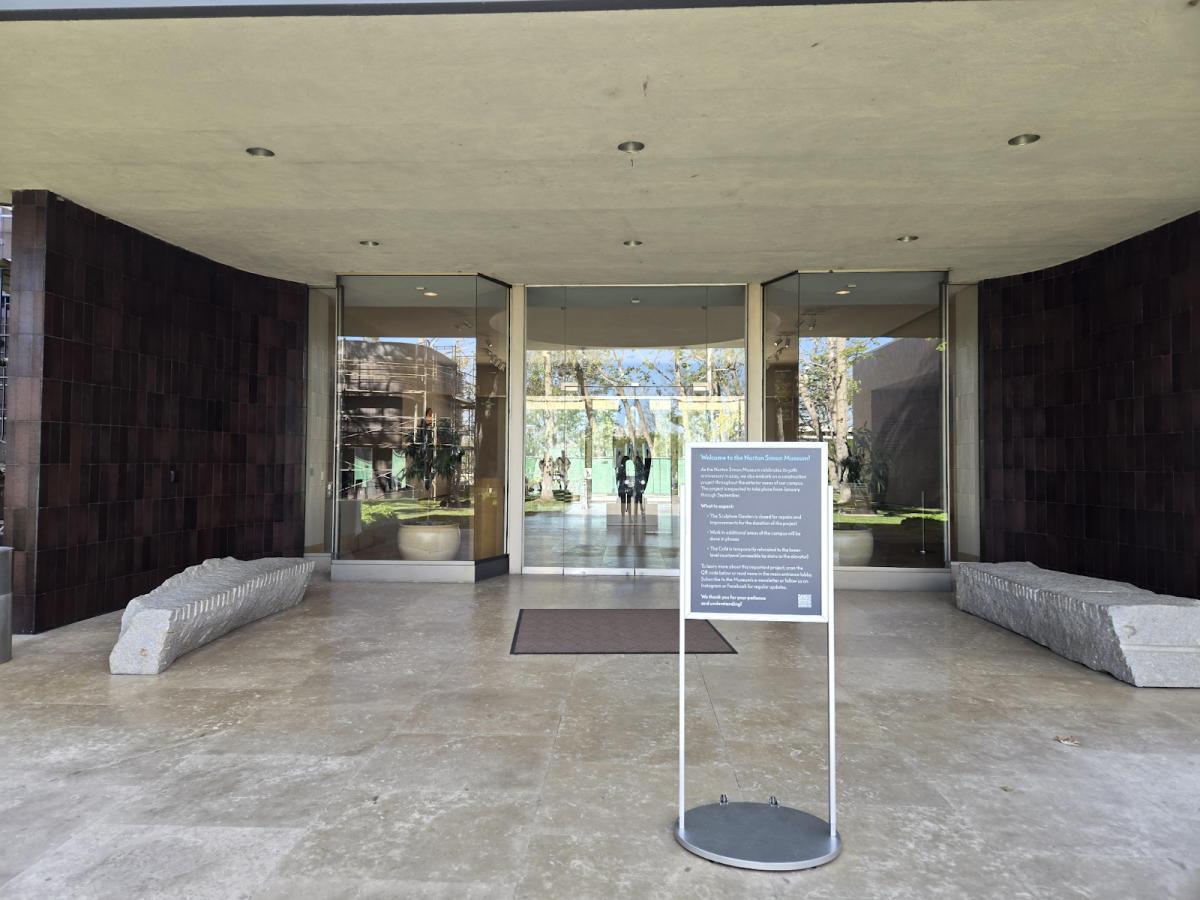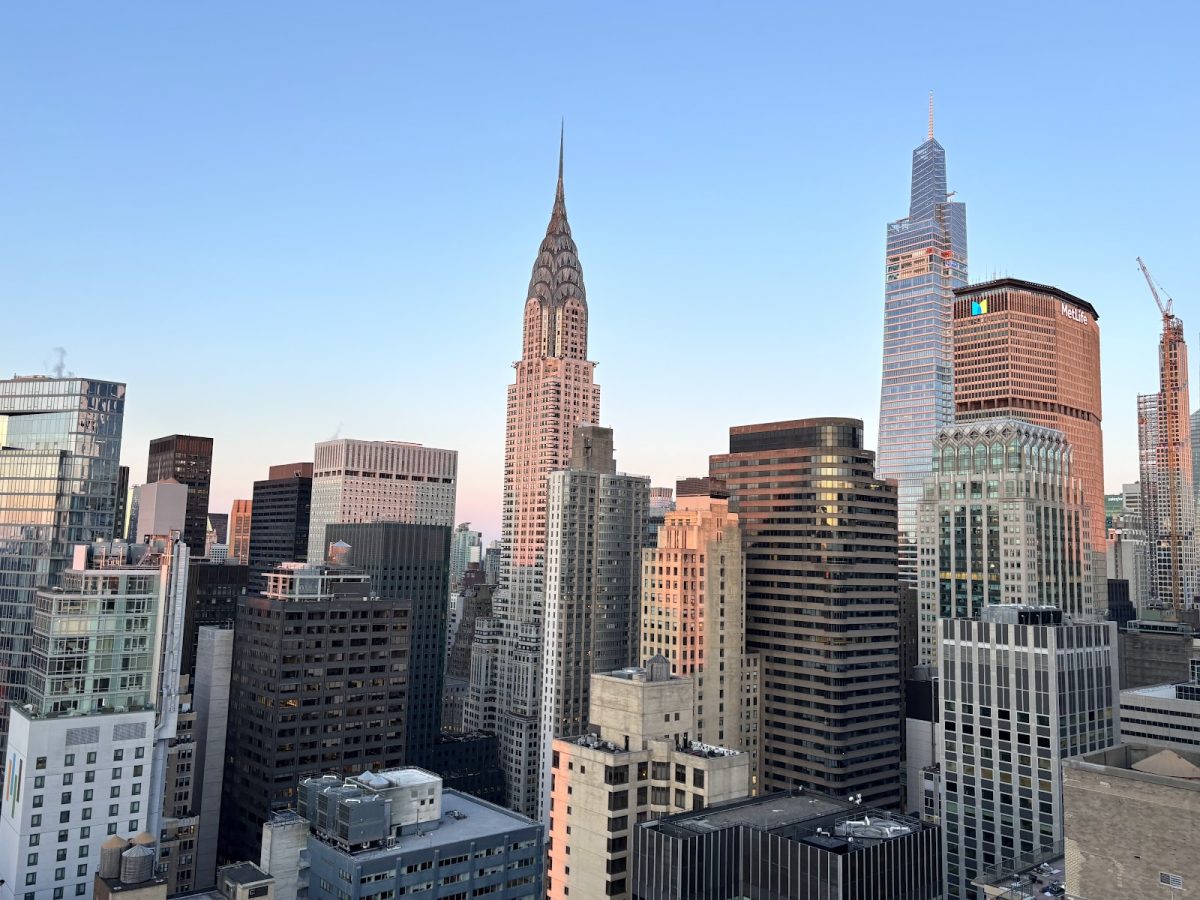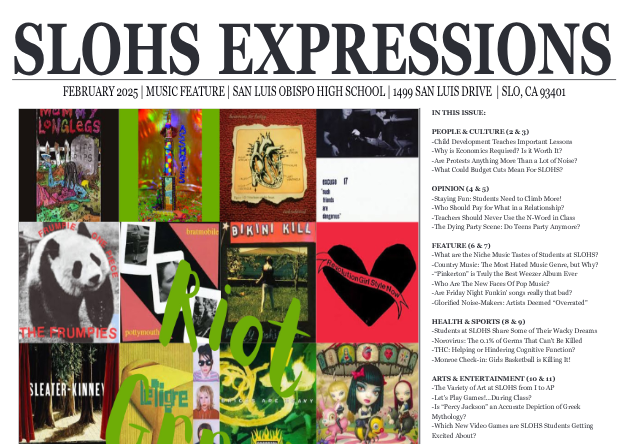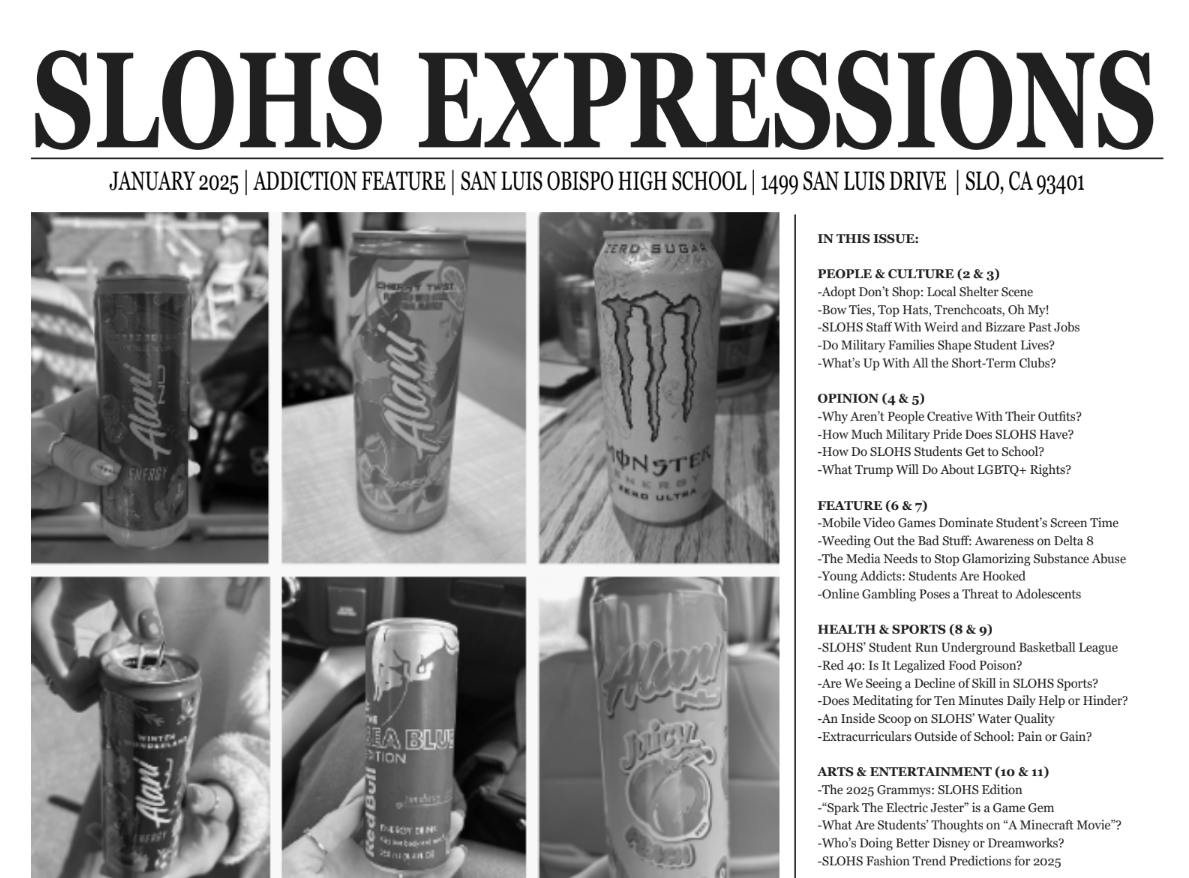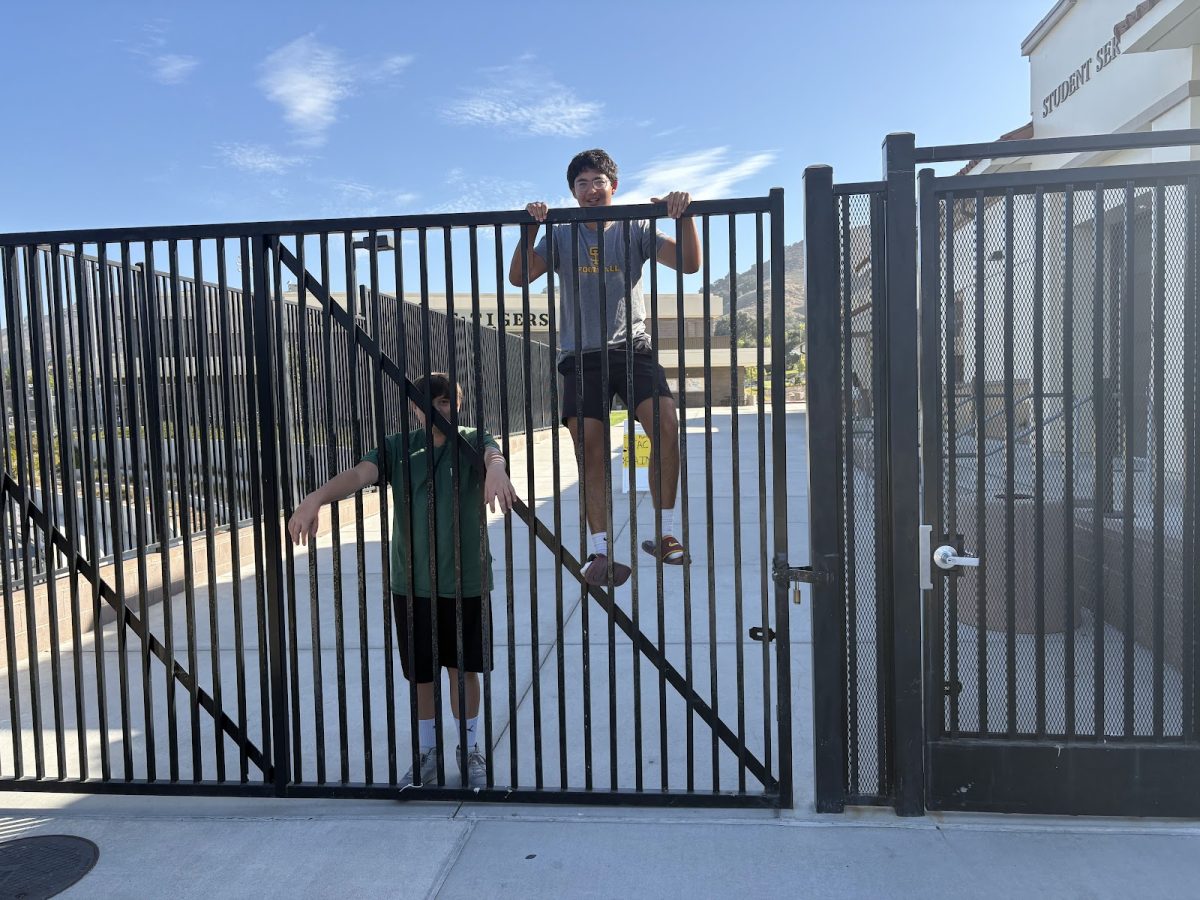The logo of one of the biggest leeches in the thrift store market: Thrifty Beaches. Photo from thriftybeachslo.com.
Thrifting is dead.
Its mutilated body lies strewn in the streets of fashion. The students of San Luis Obispo High School try propping it up on a stick and pretending it still exists, that it’s still alive. But it is not. And its killer runs rampant, wearing the skin of thrifting on their face, a horrible grotesque monster.
Of course, I am talking about Thrifty Beaches.
“Thrifty Beaches buys up clothes and jacks up the price! It’s just clothes, I shouldn’t have to sell an arm and a leg just to buy a leather jacket.” said senior Avery Sheffield.
Thrifty Beaches is a San Luis Obispo originated “thrift” store that opened September 14, 2024 to massive success, as students of SLOHS and the general population alike flocked to the store to take place in the trendy fad which is “thrifting”, the act of buying used clothing or other goods instead of new ones. However, this trend has become less about finding cheap and practical clothes, and more of a status indicator or wealth and fashion sense, as they often charge anywhere between one hundred and two hundred dollars for a voguish pair of pants or coat.
“Thrift stores should be affordable,” said senior Charly Elston, “Thrifty Beaches really contributes to the culture of commercialized thrifting, like rich people ‘thrifting’: not to help the environment or to save money, but just because it’s cool. Don’t get me wrong, everyone should be purchasing second hand goods for clothes, furniture, etc…but that brings in predatory business practices that capitalize on the trendiness of thrifting and try to charge more for products.”
Throwing hyperbole aside, there is a general vibe that I feel is associated with thrift stores. When I think of thrift stores, I think of small, slightly cramped stores that sell used junk and trinkets that may not be as high quality as brand new items, but they’re cheaper and more accessible. What I do not think of is a large department store with way more room than it needs, selling used clothes at ridiculously marked up prices with no perceivable quality increase from a similar, newer, cheaper item.
“I’ve found stains on their clothes and that’s crazy to find with prices like theirs,” said Elston.
However, some people defend the store, arguing that the store sells “vintage” clothing that’s of a higher quality than typical thrift stores.
“Vintage clothes are just more well known brands from back then, as well as more sought after pieces that people would be willing to wear,” said freshman Lucas Reinhart. “I feel like with real thrifting as an experience, it’s harder to find pieces like that. You’re more likely to find pieces that anyone would wear, instead of specific clothes from, let’s say the 2000s or 2010s.”
Even while defending the store, Reinhart agrees that Thrifty Beaches is not a thrift store, rather this other genre of “Vintage” store.
“I love Thrifty Beaches, but I’m 52 years old and willing to pay more for a cool vintage Patagonia jacket or a belt. Maybe old people like me are the target audience?” said English teacher and SLOHS Expressions adviser Scott Nairne.
So why are they trying to commercialize on the thrifting market with their name and advertising, undercutting real thrift stores that provide you quality clothes.
“I think Fred and Betty’s, and even Goodwill are great places to find clothes. You just have to be creative,” said Sheffield, “Thrifty Beaches is just for people without a good fashion sense that are told that that’s what they should pay good money for.”
Tigers, let us wake up from this horrible nightmare of commercial thrifting culture, and realize that overly-expensive, middling quality clothing is not our only option when it comes to thrifting.
If you’re status seeking and looking for “vintage” accessories that flaunt your wealth and perceived cultural supremacy, Thrifty Beaches might be for you, but the alternative of affordable used clothes at smaller thrift stores, Goodwills, or even neighborhood yard sales are great ways of keeping clothes in the community without spending a small fortune.






